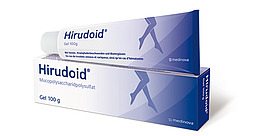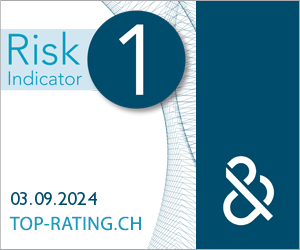Phlebology
Home > Breadcrumbs
Arteries and veins
Approximately five litres of blood flow continuously through the human body. Two blood vessel systems are responsible for the transport of blood: the arteries and the veins.
The blood, which has been enriched with oxygen in the lungs, is pumped by the heart through the arteries into the most remote organs and parts of the body. This way, the cells of the body are supplied with oxygen and nutrients. The veins take over the return transport to the heart of the oxygen-depleted blood loaded with metabolic degradation products. From there the blood reaches the lungs where it is enriched with oxygen once again.






